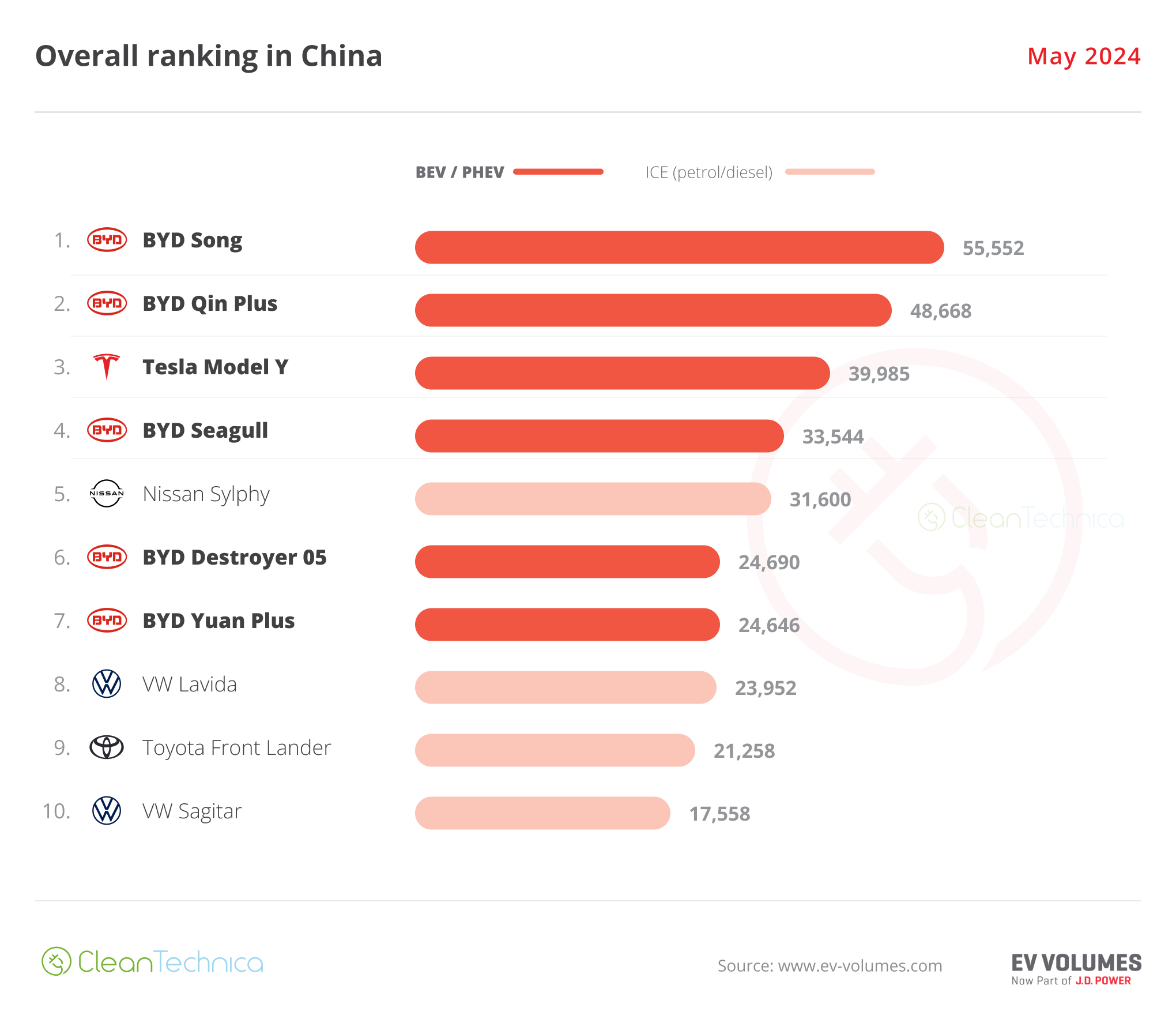Sign up for daily news updates from CleanTechnica on email. Or follow us on Google News!
Is Mother Nature trying to tell us something? Billions of snow crabs have disappeared from the waters off Alaska. According to a report by NOAA Fisheries on October 20, 2023, in 2015 its scientists reported seeing a record number of juvenile snow crabs during their annual research survey in the eastern Bering Sea.
But just 3 years later, that picture had changed dramatically. Between 2018 and 2019, the abundance of juvenile snow crabs declined by roughly half. By 2021, the survey found the fewest snow crabs on the eastern Bering Sea shelf since the survey began in 1975. More than 10 billion snow crabs disappeared from the region between 2018 and 2021.
Snow crabs are a key economic activity for Alaska. Harvesting them generated an average of $150 million annually from 2012 to 2021. In 2021, 59 boats fished for snow crabs and brought $219 million into fishing communities. But in 2022, the Alaska fishery was closed for the first time in history due to a sudden, dramatic decline in adult and juvenile snow crabs. Then Alaska decided to restrict the harvesting of snow crabs again in 2023, devastating local communities who depend on them for their livelihood.
NOAA Researches Snow Crabs
NOAA Fisheries scientists wanted to understand why the population of snow crabs declined so rapidly. They had a number of possible explanations:
- Directed fishing or targeting specific species
- Bycatch in commercial trawls
- Cannibalism
- Predation from Pacific cod
- Disease
- Increased temperatures
The researchers did not find a strong connection between variability in snow crab mortality and predation or bycatch. Pacific cod predation was near average levels during the collapse. For half of 2018, a large fraction of the cod population moved out of the eastern Bering Sea into the northern Bering Sea — a rare occurrence. This movement may have actually decreased the predation on snow crabs. The missing snow crabs were also larger than cod normally eat.
Scientists also ruled out bycatch as a significant factor in the snow crab decline for a couple of reasons. Trawling activity in the Bering Sea has been relatively consistent over the last two decades. The observed bycatch of snow crab by trawlers was actually much lower than historical levels. The largest group of young crabs in history was observed in surveys and grew on the sea shelf for about eight years under consistent trawling pressure before the collapse.
Starvation Is The Culprit
Scientists now believe the most likely cause of the decline was starvation and other factors linked to the 2018-2019 marine heatwave. “All of these factors cause some mortality, but only temperature and population size could explain the increase in mortality during the heatwave on such a scale in our models. High temperatures and large population sizes suggest starvation was a likely cause of the decline,” said Cody Szuwalski, the lead research scientist for the Alaska Fisheries Science Center.
“During the marine heatwave, snow crabs faced a triple threat. Their metabolism increased, so they needed more food. Their habitat was reduced so there was less area to forage. And crabs caught in our survey weighed less than usual. These conditions likely set them up for the dramatic decline we saw in 2021.” The mortality event appears to be one of the largest reported losses due to marine heatwaves among the groups of animals that include fish and crustaceans globally.
NOAA Fisheries scientists have observed ocean temperatures for 40 years as part of their annual bottom trawl survey of the eastern Bering Sea. In 2018 and 2019, they observed ocean temperatures that were well above average. This marine heatwave was associated with die-offs of a number of species including seals and seabirds whose habitat often includes snow and ice
Despite these unprecedented marine heatwave conditions, ocean temperatures were still within the upper extent of what snow crab could tolerate. But, scientists suspect that the warmer water temperatures affected snow crab metabolism. Through tests in the NOAA Fisheries laboratory, the scientists demonstrated that the metabolism of snow crabs increases when water temperatures rise. The caloric requirements for snow crab in the lab nearly doubled in water temperatures ranging from 0 to 3 degrees Celsius, which is roughly the change experienced by immature crabs in the eastern Bering Sea from 2017 to 2018.
Data collected during research surveys on the weight of various ages of juvenile snow crab support the hypothesis that young crab were not getting enough to eat. In 2017, a crab with a 75 millimeter-wide shell weighed 156 grams on average. In 2018, this same size crab was roughly 25 grams lighter at around 104 grams — a 15% decline in body weight.
Scientists also looked at the size of the area where the snow crabs were captured during their 2018 research survey. They noted that the crab was being caught in a smaller area than normal — the smallest ever relative to historic habitat in the history of the survey.
“The unprecedented caloric demands coupled with a small area from which to forage relative to historical grounds provide more evidence to support the model conclusions that starvation likely played a key role in the snow crab decline. This event mirrors what happened to Pacific cod in the Gulf of Alaska in 2016 during a marine heatwave,” said Mike Litzow, director of the Alaska Fisheries Science Center’s Kodiak Lab. “We also suspect some cannibalism was occurring given the overlap between adult and juvenile crabs in the same small area.”
Managing The Future Of Fisheries
Brian Garber-Yates is an economist from the Alaska Fisheries Science Center and another co-author on the paper. He suggests that resource managers’ best defense against continued warming conditions and future marine heatwaves is to enable the fishing industry to diversify. Scientists can help, too, by providing timely data and information as well as near-term and future projections to help managers and fishermen better anticipate and plan for what lies ahead.
Modeling projects and continued delivery of ecosystem information will help those in the fisheries industries to understand how the changing environment is impacting marine resources. “Current management tools base projected sustainable yields of fish catches on the historical dynamics of a population,” said Szuwalski. “However, projections based on historical dynamics are not reliable when the future of a region doesn’t resemble the past.”
Snow Crabs & Humans
Are there lessons we can draw from the decline of snow crabs in Alaska? That depends on how willing we are to draw analogies between what is happening to one species and applying them to other species — humans, in this case. It’s all well and good to tune out the horrors of what is happening in Gaza because we aren’t in Gaza and so we can pretend what happens there doesn’t affect us.
We can also tune out what is happening to snow crabs because, of course, we are not arachnids who live at the bottom of the ocean near Alaska, but are there no lessons to be learned from their plight? Average global temperatures are rising and food production is declining due to drought, floods, and record heat. Will humans go the way of snow crabs?
That question may not be as ridiculous as it sounds. All living things are part of a natural order adapted to an earthly habitat that has remained relatively stable for thousands of years. When significant changes occur in that habitat, the plants and animals who live in it can be affected in unforeseen ways.
A wealthy jackass like Rex Tillerson can snarl about how people will just have to adapt, but for 99% of humans, the means to adapt are simply not available to them. When they try to move to escape the ravages of a changing climate, they are captured and either killed or imprisoned. The signs of what lies ahead for humanity are everywhere and yet mostly we ignore them. We may not be able to do so much longer.
Have a tip for CleanTechnica? Want to advertise? Want to suggest a guest for our CleanTech Talk podcast? Contact us here.
EV Obsession Daily!
I don’t like paywalls. You don’t like paywalls. Who likes paywalls? Here at CleanTechnica, we implemented a limited paywall for a while, but it always felt wrong — and it was always tough to decide what we should put behind there. In theory, your most exclusive and best content goes behind a paywall. But then fewer people read it!! So, we’ve decided to completely nix paywalls here at CleanTechnica. But…
Thank you!
Community Solar Benefits & Growth
CleanTechnica uses affiliate links. See our policy here.





